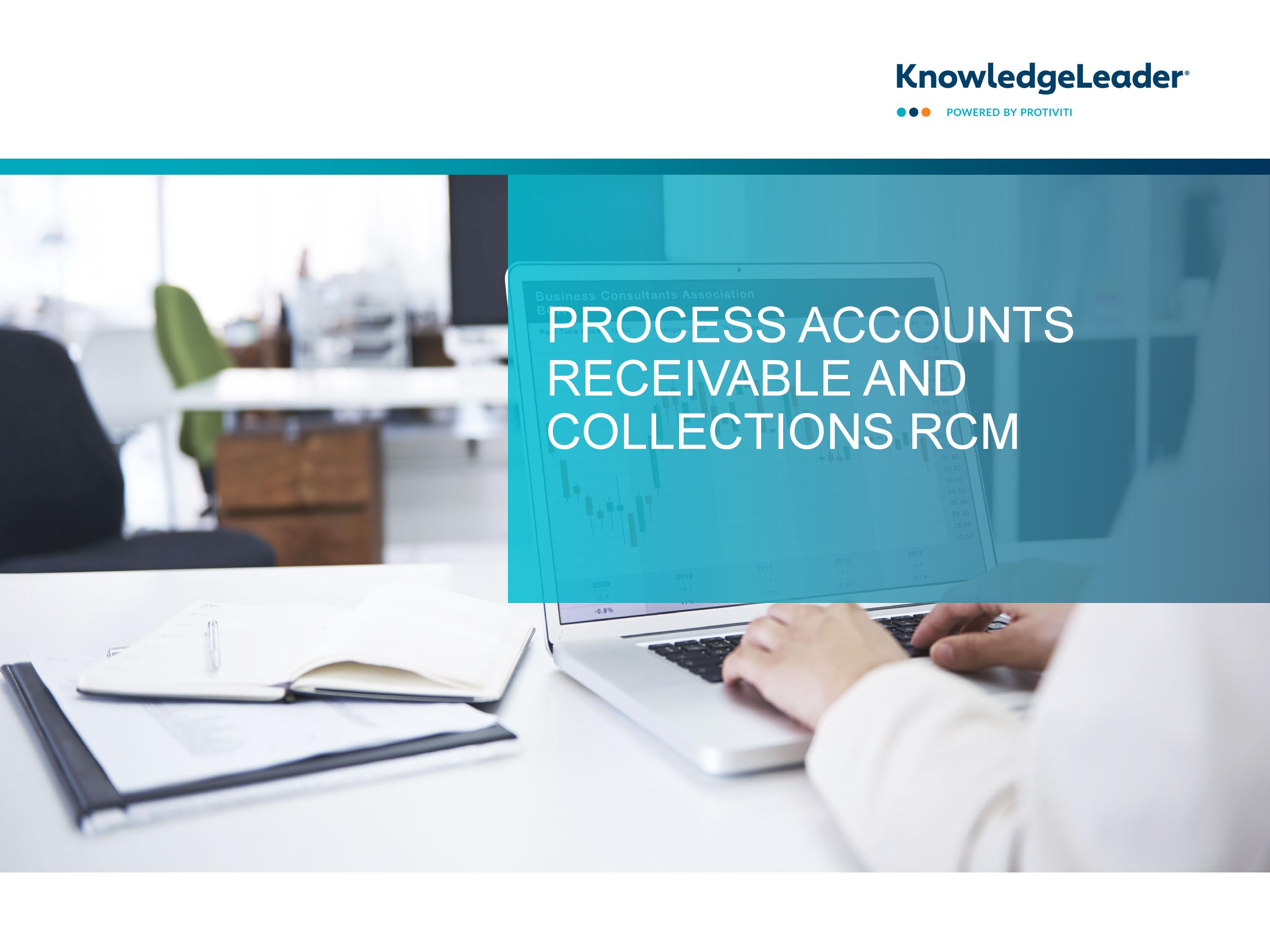Process Accounts Receivable and Collections RCM

A successful risk management strategy requires a strong internal control environment. The risk control matrix (RCM) format emphasizes that strong and risk-oriented internal control environments are often optimized with automated/manual controls, depending on the situation.
An RCM provides an overview of different control objectives that organizations should take into consideration and the corresponding controls to safeguard the company against risks that may arise if not checked timely. Once customized to an organization, this document can help the user assess each control. The control assessment can then also be summarized to develop an action plan.
This document outlines risks and controls common to the 5.2.4 Process Accounts Receivable and Collections process in a risk control matrix (RCM) format.
Sample risks include:
- Appropriate reserves are not established for uncollected accounts.
- Balance-forward methods are used to apply cash instead of specific identification.
- Cash received is diverted, lost or otherwise not reported accurately to accounts receivable.
- Collection efforts on delinquent accounts are not timely.
- Collection processes focus on oldest balances and not necessarily the largest past due amounts.
This document can be used as a sample RCM and is not meant to be an exhaustive list of risks and controls. The KnowledgeLeader team will periodically update this RCM with new content. Organizations should select, update and modify the risks and controls included in this document to ensure that it reflects business operations.